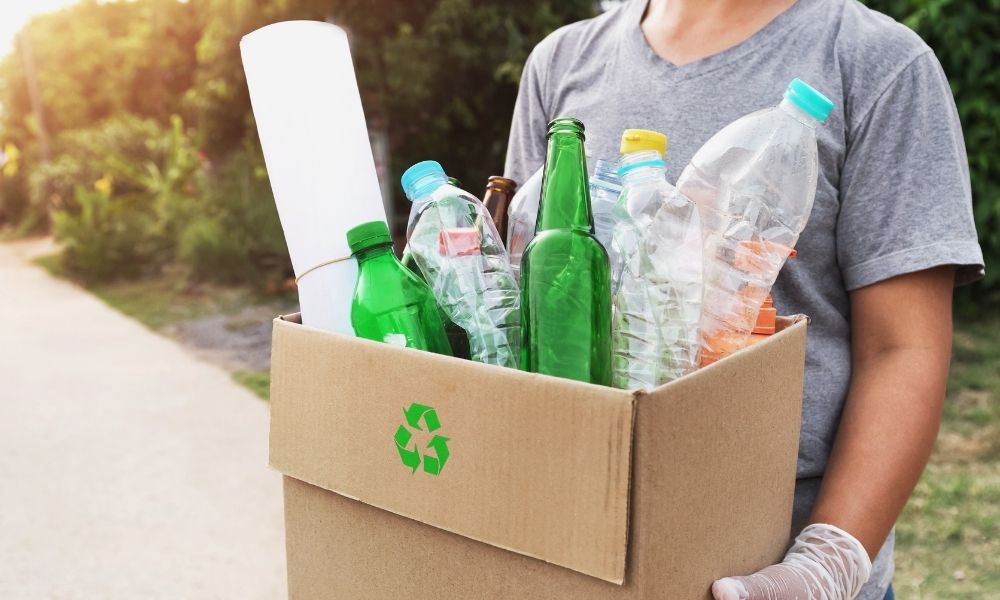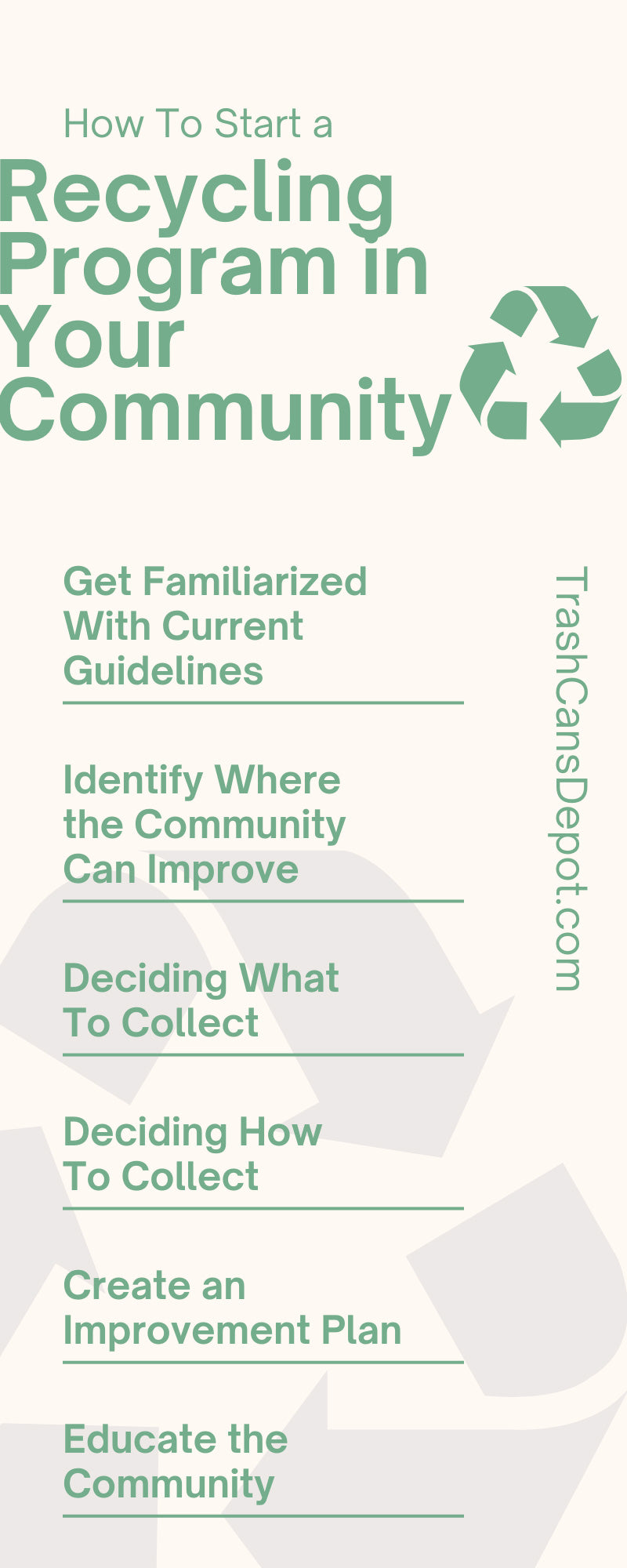
Does your community participate in recycling efforts? Recycling is extremely important on a larger community level. While each individual household may not have a significant impact on sustainability, the community’s habits can add up, whether negatively or positively. Even if you already have recycling recommendations in place, your community may not always follow them. Find out how to start a recycling program in your community in order to improve your city’s sustainability efforts.
Get Familiarized With Current Guidelines
Before you can dive into planning and kickstarting a recycling program, you need to understand the rules and guidelines your community already has in place. You can find a lot of information through your city’s website or community centers. Do some research into the policies your community has in place regarding recycling and waste, so that you have all the information you need. To start, here are some areas you should look into:
- What your city does recycle versus doesn’t recycle
- Any recycling requirements or mandates
- Other waste disposal policies, such as composting
- Locations for specialty recycling categories, such as electronics
- Recycling and waste company contact information
- Promotional materials to boost recycling efforts, such as fliers and posters
- Further recycling planning materials
Identify Where the Community Can Improve
Now that you are familiarized with the community guidelines, you should take a look at current waste and recycling shortcomings. Make note of the waste stream that your community produces by conducting a waste assessment. If they aren’t already in place, set up inspections of your community’s waste stream to identify its components and what is being thrown away or recycled incorrectly. For example, if you notice your community possesses a high number of paper or plastic materials in its waste stream, a recycling program could help correct this, and you would know exactly what components to target and bring awareness to.
Deciding What To Collect
Combine the information you’ve gathered from these preliminary steps into deciding what recycling materials to focus on and collect. After you’ve researched community guidelines and recycling shortcomings, you can create an action plan with this information. For example, if your waste inspections recorded many plastic products showing up in your community’s waste stream, and you knew that your community can accept plastic recyclables from the community guidelines, that would be a great material to tailor your efforts to.
Each community’s needs will be different; one may need more attention brought to paper recycling, while another might be electronic waste. Not every community may have the capabilities to recycle some of these materials, such as electronic waste (which requires stricter disposal conditions), so it’s important to always cross-reference with your current community mandates and guidelines.
Deciding How To Collect
Another reason for checking on community mandates before doing anything else is to understand how your program will work. For example, how will your program collect and transport recycling? If your community already has a waste collection system through a third-party contractor, you could look into their services for recycling as well. Alternatively, you could offer a recycling drop-off location for a more direct and hands-on collection system. Although, a drop-off system could dissuade community members from participating in the recycling effort and they could end up tossing recycling in with their trash collection out of laziness. On the other hand, drop-off locations are becoming increasingly effective for minimizing electronic waste and other recyclable materials for which traditional third-party services don’t offer pickup. Even increasing the number of outdoor recycling bins in public areas around the community would be a good place to start.
Create an Improvement Plan
Once you or your team have compiled all the city recycling information, you can form an action plan for improvement. Start with identifying the materials your community can recycle and any specific materials you want to target. Detail the collection plan, whether it involves a drop-off or pick-up system, and its locations, days and hours of operation, and any regulations or details for the system. Your improvement plan should include your findings and present them in a way that is easily digestible to your team and community members.
Educate the Community
Education is the most important step of starting a recycling program and is what all your planning efforts should culminate into. No change will take place if your community members don’t hop on board with the effort. Make sure your community understands what they can and can’t recycle, as well as how they can participate. If you plan a designated recycling collection and pickup day through a waste service, make sure to alert your community with these specific dates and times for maximum preparedness and participation. Also, consider sharing any statistics you discovered during the waste assessment process to encourage them to see the greater picture. Often, we don’t understand the impact we can have on sustainability issues until we see how individual issues (or improvements) can add up.
Spread the Word
There are various methods that you can utilize to spread the word of your community’s new recycling program. If your city provides any fliers or posters, you could hand these out to businesses around town, asking owners to feature or distribute them as well. Try to get in touch with any community-wide resources, such as a newsletter, city websites, or even the local newspaper.
Monitor for Changes
Finally, after implementing your community recycling program, make sure to regularly inspect the community waste stream. Taking further statistics on waste and recycling materials can help you understand if your plan has improved community recycling efforts or if it still needs work. If you don’t see improvement at first, try educating more of the community and spreading the word as far as you can.
When you are looking into how to start a recycling program in your community, these are the key steps to take. Without a proper recycling program, recyclables that get tossed out with the trash can start to accumulate. There is so much potential for good recycling habits in any community, but community members need instruction and education to correctly reach that potential. Follow these steps to build a sustainable program in your own community.


